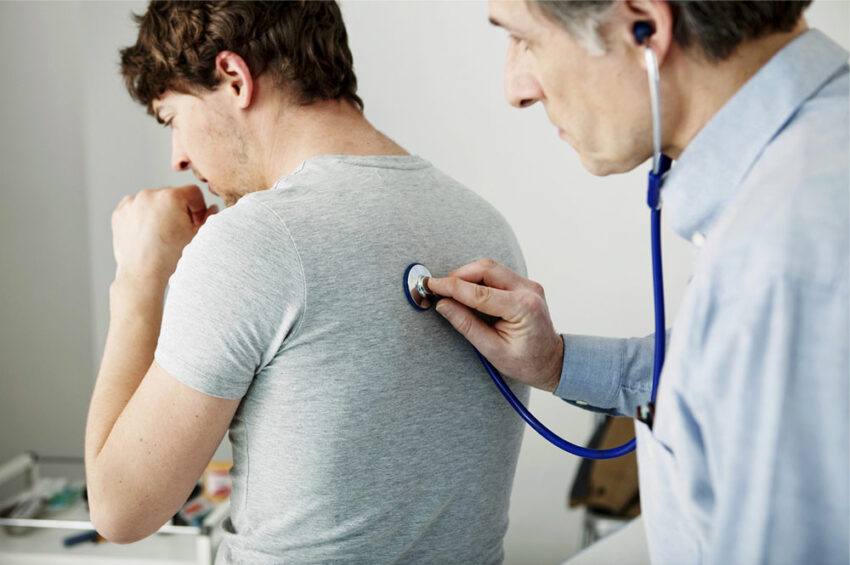
Health benefits of a low-carb diet

Chronic Obstructive Pulmonary Disease (COPD) is a severe, long-term lung condition that includes chronic bronchitis and/or emphysema. The disease makes it difficult for the air to pass through the airways comfortably, leading to obstructive breathing. According to studies, chronic lower respiratory diseases, including COPD, are the leading causes of death in the country. While the illness is manageable, COPD flare-ups can cause discomfort. Here’s what you need to know about the condition and its management options.
Types of COPD
COPD flare-ups
If one experiences shortness of breath, excessive wheezing or coughing, or producing more phlegm, one might have a COPD flare-up, also called an exacerbation. The symptoms of the disease are visibly worse than usual and require additional treatment. While the intensity of the flare-up ranges from moderate to severe, frequent exacerbation can cause lung damage which can be irreversible.
Signs and symptoms
Some of the signs of a flare-up include fever, scratchy throat, and other similar signs of cold, swollen ankles, coughing with mucus that is green, tan, or red in color, fatigue, unusual sleepiness or drowsiness, and a confused state of mind.
Some signs of an emergency include drowsiness, chest pains, shortness of breath, lips or fingers turning blue, or inability to think clearly. An emergency treatment kit may help, but if the symptoms worsen, consult a doctor at the earliest.
Treatment options
While some lifestyle changes may help manage the illness, treatment plans may help control the flare-ups to a great extent.
Preventive measures
Some preventive measures to ensure the flare-ups are not as frequent or severe include getting a flu shot (against pneumonia), avoiding big gatherings or crowds, washing hands regularly, and avoiding the use of fragrant cleaning products or perfumes.